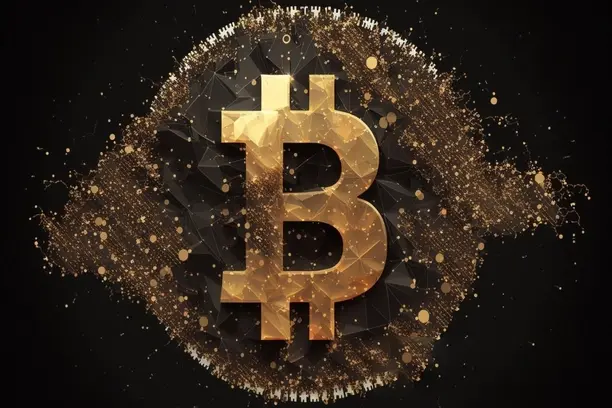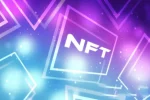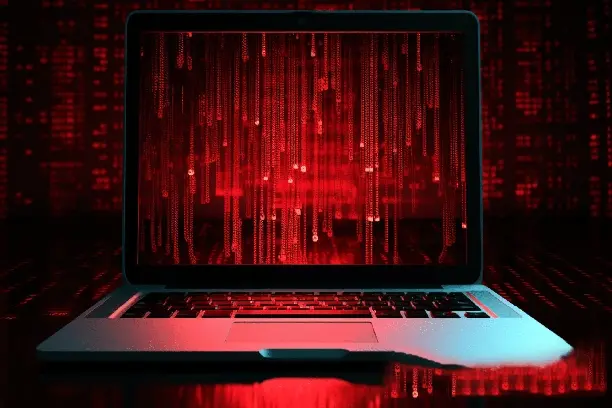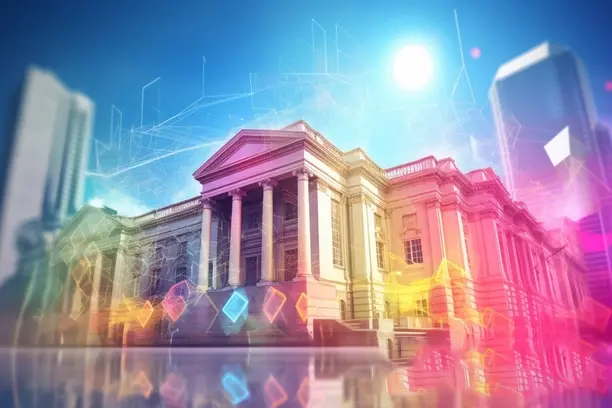Detailed Steps and Recommended Tools for Creating an NFT
With the rise of digital art, games, music, and other fields, NFTs (non-identical tokens) are becoming an increasingly popular focus for creators and collectors around the world. Understanding how to create an NFT is a crucial step for anyone who wants to enter the NFT market. In this article, we'll go over the basic process of creating an NFT, as well as the tools commonly used in the process, to help you get started on this digital asset adventure.

What is NFT?
Before we dive into how to create an NFT, let's explain what an NFT (Non-Fungible Token) is, which refers to a digital asset based on blockchain technology. Unlike interchangeable tokens like Bitcoin or Ether, NFTs are "non-identical", meaning that each NFT is unique and cannot be exchanged. This makes NFTs ideal for digital art, music, video, virtual goods, etc. Ownership of NFTs is verified by blockchain technology, and all transaction records are kept forever.
How to Create NFT: Basic Steps
Creating an NFT is not as complicated as many people think, although it involves blockchain technology and cryptocurrency, you can easily get started by understanding the steps. Here are the main steps to create an NFT:
1. prepare digital assets
Before you can start creating an NFT, you need to have a digital asset, which can be artwork, music, videos, game items, etc. The digital asset can be something you created yourself, or it can be copyrighted content. Make sure your work is original and that you have full rights to use it.
2. Choosing a blockchain platform
NFT creation relies on a blockchain platform, of which Ethereum is the most well-known, but there are many other blockchains that support NFT creation, such as Binance Smart Chain, Solana, and many others. Each blockchain platform has different characteristics, and choosing the right one is the key to successful NFT creation.
3. setting up a digital wallet
To create an NFT, you will need a digital wallet to store your cryptocurrency as well as the NFT. The most common digital wallets include MetaMask, Trust Wallet, and Coinbase Wallet, etc. These wallets will help you manage the NFT and pay the creation fees (e.g. "Gas Fee"). The most common digital wallets include MetaMask, Trust Wallet, and Coinbase Wallet, etc. These wallets can help you manage your NFT and pay for creation fees (e.g., the "Gas Fee").
4. Selection of NFT Marketplaces
NFTs need to be issued and traded on marketplaces. There are many popular NFT marketplaces in the market, such as OpenSea, Rarible, Mintable, SuperRare and so on. These platforms will provide a simple interface for you to convert digital assets to NFT easily.
5. Uploading and Minting NFTs
After selecting the NFT Marketplace platform, you can upload and mint your digital assets. The minting process converts your digital asset into an NFT on the blockchain and gives it unique identifying information. This process usually requires a "Gas Fee" as a transaction fee, which varies depending on the blockchain platform chosen.

6. Setting the terms of sale and publishing NFTs
After casting is complete, you can set the selling conditions for your NFT, including price (paid in cryptocurrency), auction or fixed price, and so on. This step is the key to determine how your NFT will be sold. Once the conditions are set, you can officially publish your NFT and wait for buyers to bid or buy.
Tools needed to create an NFT
Creating an NFT involves a range of tools and platforms, here are some of the common and popular tools used in the creation process:
1. Digital wallet tool
As mentioned earlier, digital wallets are one of the indispensable tools for creating an NFT. These wallets can be used to store cryptocurrencies and pay transaction fees.
- MetaMask: The most commonly used ethereum wallet, with support for Chrome and other browser plugins.
- Trust Wallet: A mobile wallet that supports multiple blockchains for easy portability.
- Coinbase Wallet: Launched by Coinbase, it's simple and easy to use.
2. Design tools
When creating an NFT, many artists use specialized design tools to create digital works.
- Adobe Photoshop/Illustrator: A professional graphic design tool, widely used in digital art creation.
- Procreate: A digital painting app on the iPad that's a favorite among artists.
- Blender: An open source 3D modeling and animation tool for creating 3D types of NFTs.
3. NFT Market Platform
Choosing the right NFT Marketplace platform is the most important step in the creation process.
- OpenSea: One of the world's largest and most recognized NFT marketplaces, supporting blockchains such as Ether, Polygon, and more.
- Rarible: A decentralized NFT platform that allows users to create, buy, sell and auction NFTs.
- Mintable: Easy to use NFT creation tool for newbies.
- SuperRare: High-end NFT market targeting mainly digital artworks.
4. Blockchain Platform
Blockchain is the foundation that supports NFT, and different blockchain platforms have different characteristics.
- Ethereum: The most common NFT blockchain, supports smart contracts and is suitable for most NFTs.
- Solana: High-speed and low-cost blockchain for large-scale NFT transactions.
- Binance Smart Chain: Another popular blockchain platform with low transaction fees and NFT support.
NFT's Sales Strategy and Marketing
After you have created your NFT and successfully launched it, how to promote and sell it is also a key issue. Here are some strategies that have worked well:
1. Community Building and Interaction
NFT Marketplace is more than just a trading platform, it's about building community and fans. Utilize social media (e.g. Twitter, Instagram, Discord, etc.) to interact with potential buyers, share the creative process, preview and promote.
2. Utilizing the celebrity effect
The success of many NFTs is closely linked to the involvement of well-known personalities. Being able to work with some of these influential people will greatly increase the exposure of your NFT.
3. Continuous creation and distribution
Successful NFT creators usually continue to release new works and sell them through various marketing platforms. Keeping creativity alive is the key to maintaining the value of NFT work.
Conclusion
Creating NFT is a challenging but fun process. Whether you are an artist, a game developer or a music composer, you can realize your work through NFT. As blockchain technology continues to evolve, so will the NFT market. If you are interested in digital creation, creating NFT is not only an opportunity to explore new technologies, but also a great platform to connect with users and collectors around the world.














